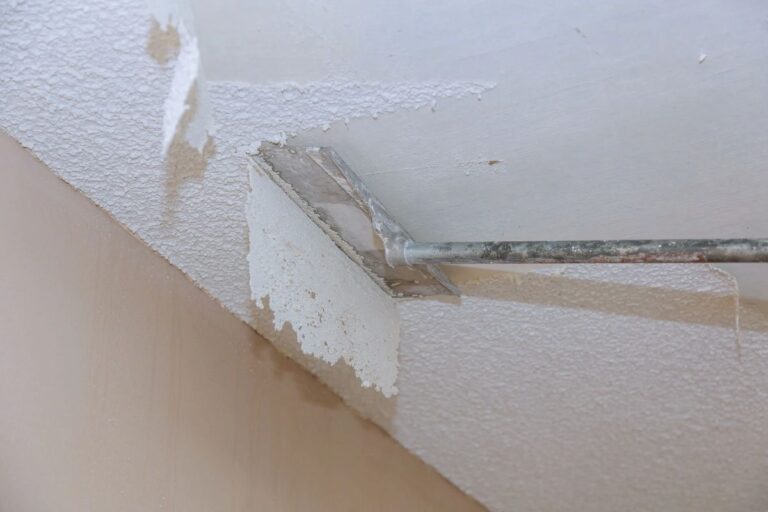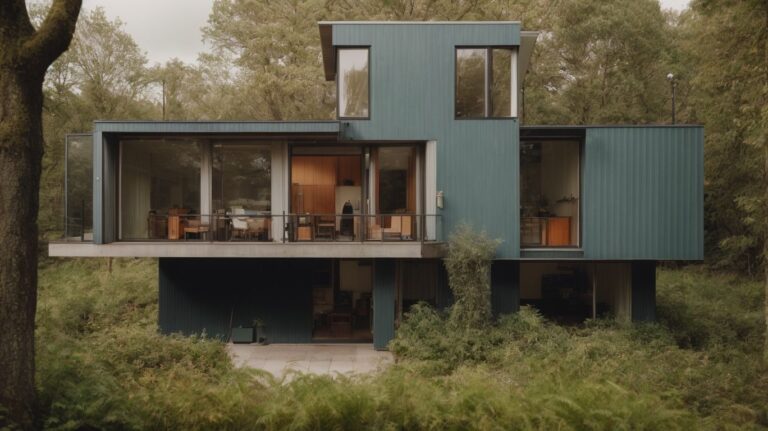Building generational wealth with prime real estate investment strategies
Building generational wealth with real estate starts with a critical first step: identifying prime real estate investment opportunities. In the techno-savvy world of 2045, where information flies at the speed of light and the skyline changes overnight, pinpointing the ideal property is both an art and a calculated science. Every great investment begins with comprehensive research, nuanced foresight, and the informed ability to spot the future hubs of growth.
Understanding Market Trends and Forecasting Growth Areas
The future isn’t just in the stars; it’s in the data. When you embark on your journey to build generational wealth with real estate, understanding current market trends and forecasting potential growth areas are your guiding compasses. Market analytics tools, algorithms, and AI-driven predictions can provide invaluable insights into emerging hotspots. Don your cyberpunk visor and dive into these data streams, not just to follow the wave, but to be ahead of the curve.
Prime opportunities often pulse around tech hubs, expanding urban neighborhoods, and upcoming transportation projects. As new industries emerge, so does the demand for housing, retail, and infrastructure. The key is to think beyond what’s present and tap into what’s on the horizon. Be on the lookout for innovations like smart cities and eco-districts where growth is imminent. A well-forecasted area will not only appreciate over time but also provide a solid foundation for building lasting wealth.
Capitalizing on Undervalued Properties
Locating undervalued properties is an art in itself, one that can significantly accelerate your quest to build generational wealth with real estate. These diamonds in the rough may be hidden in plain sight or even on the fringes of major developments. A keen cyber-eye should be tuned to factors like an uptick in local infrastructure, planned government projects, or even a cultural revival.
Don’t overlook older, established neighborhoods with a strong community vibe or the promise of revitalization. Over time, these locations can blossom into sought-after areas, giving your investment a strong appreciation potential.
Navigating the Changing Landscape of Property Demand
Times change—and so do people’s tastes in real estate. Understanding the evolving needs in property demand is pivotal to build generational wealth with real estate. Previously ignored features like sustainability, smart home technology, and community-oriented spaces are now at the forefront of buyer and renter preferences. As a 21st-century cyberpunk realtor, staying plugged into these shifts empowers you to make bold, forward-thinking investments.
The pursuit isn’t just about residential properties. Modern investors should also consider sectors like commercial real estate, especially with the ongoing evolution of workspaces. Hybrid work models, for instance, bring unique opportunities in co-working spaces, mixed-use developments, and amenity-rich properties. Diversifying your portfolio across these different sectors ensures a balance which is essential for enduring wealth.
Utilizing Smart Tech and Data Analytics to Spot Opportunities
The digital age offers tools that early-century investors could only dream of. Utilizing smart tech and data analytics is crucial when you’re on the hunt to build generational wealth with real estate. Real estate platforms today offer more than just listings; they provide deep analytics, AR projections of developments, and AI-powered investment recommendations to streamline your decision-making process.
Explore beyond traditional methods, using blockchain for validating property titles or leveraging AI to access accurate property value projections. Real-time data on location development indices, energy consumption, and traffic patterns can help you distinguish the gems from the glitter. In this interconnected world, knowledge is power, and data is the key to opening doors to lucrative opportunities.
Implementing Sustainable and Eco-Friendly Development Practices
When pursuing long-term property growth as part of your strategy to build generational wealth with real estate, one critical element you can no longer afford to ignore is sustainability. Eco-friendly development practices are not just a trend but are increasingly becoming a societal demand and a regulatory requirement. Incorporating sustainable designs and technologies—from solar panels and green roofs to energy-efficient appliances and rainwater harvesting systems—can significantly elevate the value of your real estate investments over time.
Sustainable properties are attracting both environmentally conscious buyers and renters willing to pay a premium for green living. By positioning yourself at the forefront of this movement, you not only future-proof your investments but also align with global sustainability goals. In smart cities, where environmental responsibility is seamlessly integrated into the urban fabric, properties with eco-friendly certifications are in high demand. Investors attuned to this shift can leverage it to achieve prolonged growth and stability in their portfolios.
The Power of Strategic Renovations and Value-Add Opportunities
In the quest to build generational wealth with real estate, value-add opportunities play a crucial role in driving property growth. Strategic renovations—whether it’s modernizing an outdated kitchen, converting underutilized spaces into rental units, or enhancing curb appeal—can significantly increase the market value of your assets. However, it’s not just about making any upgrades; it involves precisely targeting improvements that offer the highest return on investment (ROI).
Harness the power of tech to identify which renovations will provide the best bang for your buck. There’s a growing demand for smart home features, such as automated lighting, security systems, and voice-activated technologies. These innovations can make your property stand out in the competitive market. But it’s just as vital to focus on the basics, like energy efficiency and modern design aesthetics, which can attract long-term tenants and higher rent. These well-planned enhancements contribute to the steady growth of your property’s value, laying a stable foundation for generational wealth.
Diversifying Property Types for Balanced Growth
Real estate isn’t a one-size-fits-all investment. Diversifying your property types is a critical step to ensure consistent long-term growth while building generational wealth with real estate. By holding a mix of residential, commercial, and even niche properties like co-working spaces or vacation rentals, you can balance the fluctuations common in specific sectors and maximize income streams. Different property types have varying cycles of profitability, and diversification lets you capitalize on multiple opportunities, cushioning your portfolio against downturns in any one market segment.
Imagine having a portfolio that ranges from multi-family apartment buildings in bustling urban centers to countryside estates tailored for the eco-conscious traveler. Each type of property will react differently to market shifts, but together they offer a balanced approach that supports sustained growth and wealth accumulation over generations. The future of real estate is multidimensional, and a diversified portfolio is your ticket to enduring prosperity.
Securing Reliable Long-Term Tenancy for Stability
Longevity in real estate investment comes from securing reliable, long-term tenants who contribute to the consistent cash flow pivotal for building generational wealth with real estate. Investing in tenant retention strategies, like lease-renewal incentives or creating a community-oriented environment, helps ensure that your properties are always occupied by tenants who pay on time and care for the space as if it were their own.
Tech can be your ally here too. Utilize data-driven platforms to screen potential tenants, conduct virtual tours, and manage properties remotely. You can even leverage AI to predict lease renewals and spot potential issues before they become significant problems. The stability provided by long-term tenants means fewer losses from vacancies or turnover expenses, leaving room for your investments to grow unhampered over the years. Coupled with regular property maintenance and upgrades, securing stable tenants is a cornerstone strategy in building a lasting real estate empire.
Maximizing Earnings Through 1031 Exchanges
One of the most powerful tax advantages available when aiming to build generational wealth with real estate is the 1031 exchange, a strategy that allows you to defer paying capital gains taxes when you sell a property, as long as you reinvest the proceeds into another qualifying piece of real estate. This tactic lets your wealth snowball over time, as you can repeatedly upgrade to larger or more profitable properties without getting hit by hefty tax bills each time you sell. Think of it as turbo-charging your portfolio, allowing each step up the property ladder to be more lucrative than the last.
By strategically using 1031 exchanges, you can keep more of your capital working for you, rather than paying a portion to Uncle Sam every time you sell a property. The key is to identify suitable exchange properties that align with your financial goals and market trends. This enables a continuous upward trajectory for your investments, optimizing your real estate empire for generational wealth.
Reaping Benefits from Depreciation Deductions
An often-overlooked part of building generational wealth with real estate involves leveraging depreciation deductions. The IRS allows property owners to depreciate the value of their investment properties over a set period, typically 27.5 years for residential properties and 39 years for commercial properties. This isn’t a cash loss—rather, it’s a paper loss that can significantly reduce your taxable income, despite your property appreciating in market value.
This deduction can translate into substantial tax savings every year. These savings can be reinvested into your portfolio, further fueling your quest for long-term wealth accumulation. However, when you eventually sell the property, that depreciation is recaptured and taxed at a rate of 25%, unless you have used a 1031 exchange to defer the gain. Mastering the nuances of depreciation can work wonders for your tax strategy, maximizing your earnings while minimizing what you owe.
Utilizing Low-Cost Financing Options
In the cyberpunk realm of real estate, securing low-cost financing can be a game-changer as you build generational wealth with real estate. Innovative lending options such as home equity loans, lines of credit, and government-backed programs offer opportunities to leverage existing assets for further growth. With low-interest rates, the cost of borrowing can be kept minimal, allowing you to maintain higher cash flow while expanding your portfolio.
Interest payments on loans taken out to purchase or improve real estate can also be tax-deductible, adding another layer of tax saving to your investment strategy. By strategically managing your financing, you can minimize out-of-pocket costs and preserve more capital for investment, without compromising your financial stability.
Benefiting from Opportunity Zones
Opportunity Zones provide another tax-advantaged way to build generational wealth with real estate. These zones are designated areas where the federal government offers tax incentives to encourage investments in underdeveloped communities. By investing in these zones, you can defer capital gains taxes until 2026 and potentially reduce them depending on how long the investment is held. After 10 years, any gains from the Opportunity Zone investment can be entirely tax-free.
Whether you’re investing in residential, commercial, or even industrial properties within these zones, the tax breaks offer substantial savings, which can be reinvested into your growing portfolio. However, these investments should align with your overall strategy, as the main goal is to identify properties that not only offer tax benefits but also have the potential for significant growth in value.






 In any homebuyer’s maintenance checklist, keeping these external heroes in prime condition is a must-do…
In any homebuyer’s maintenance checklist, keeping these external heroes in prime condition is a must-do…
